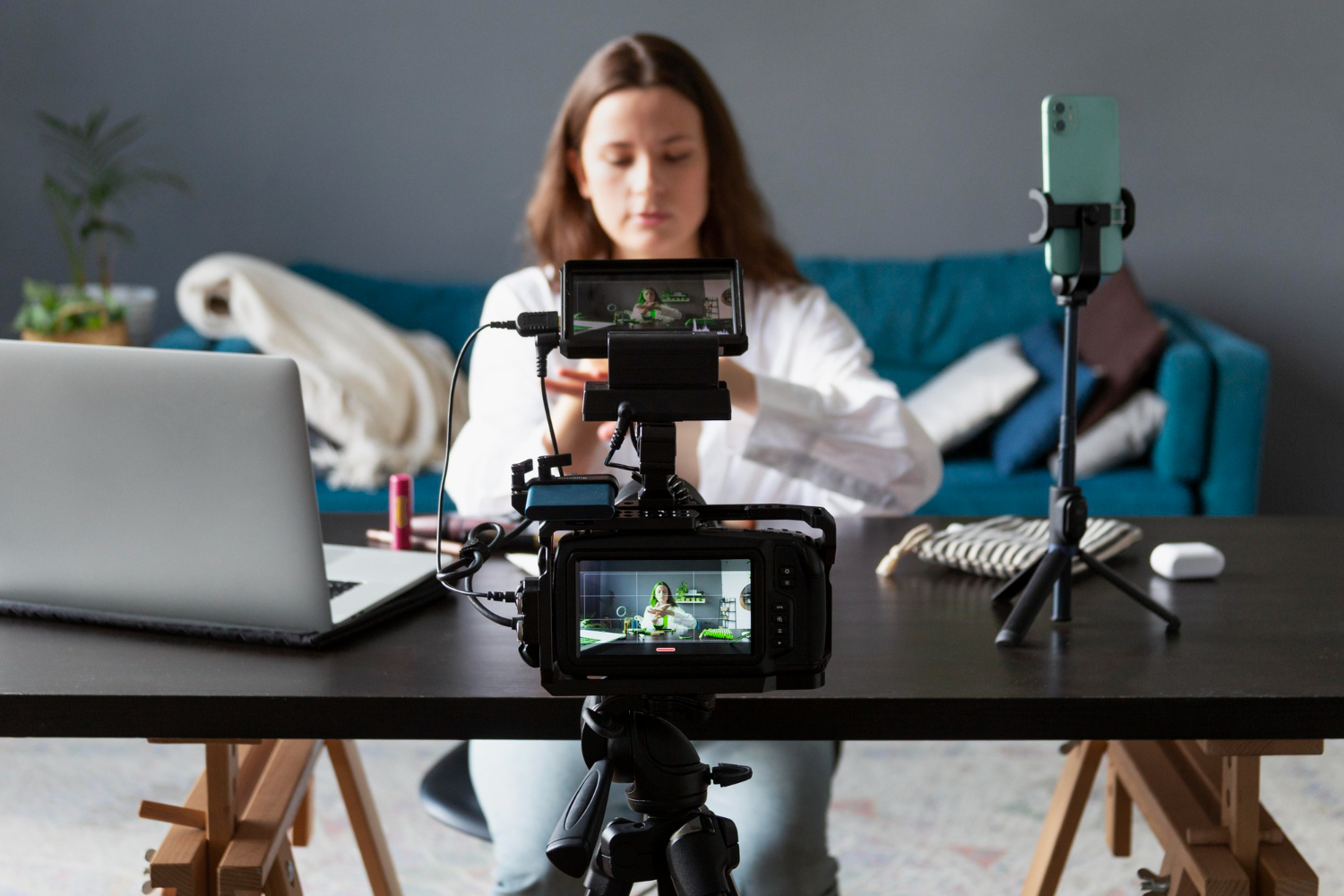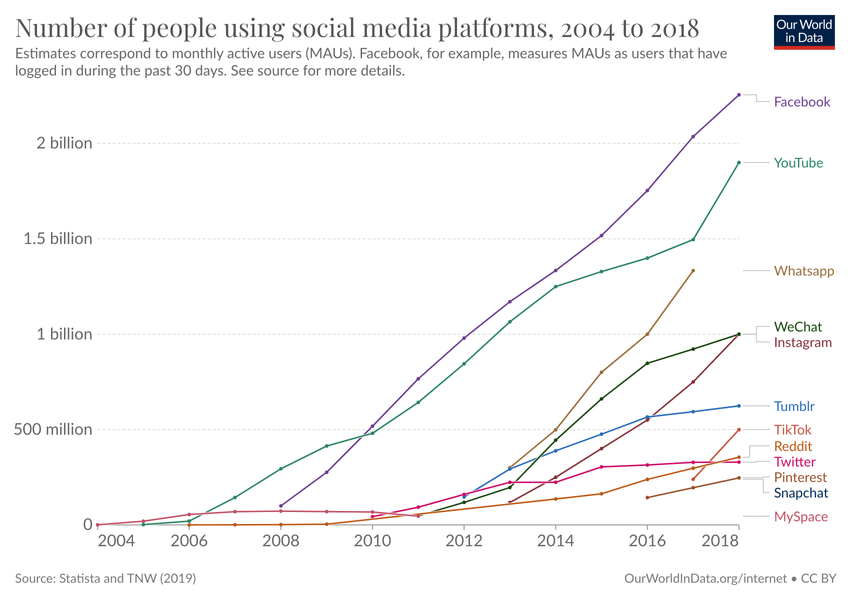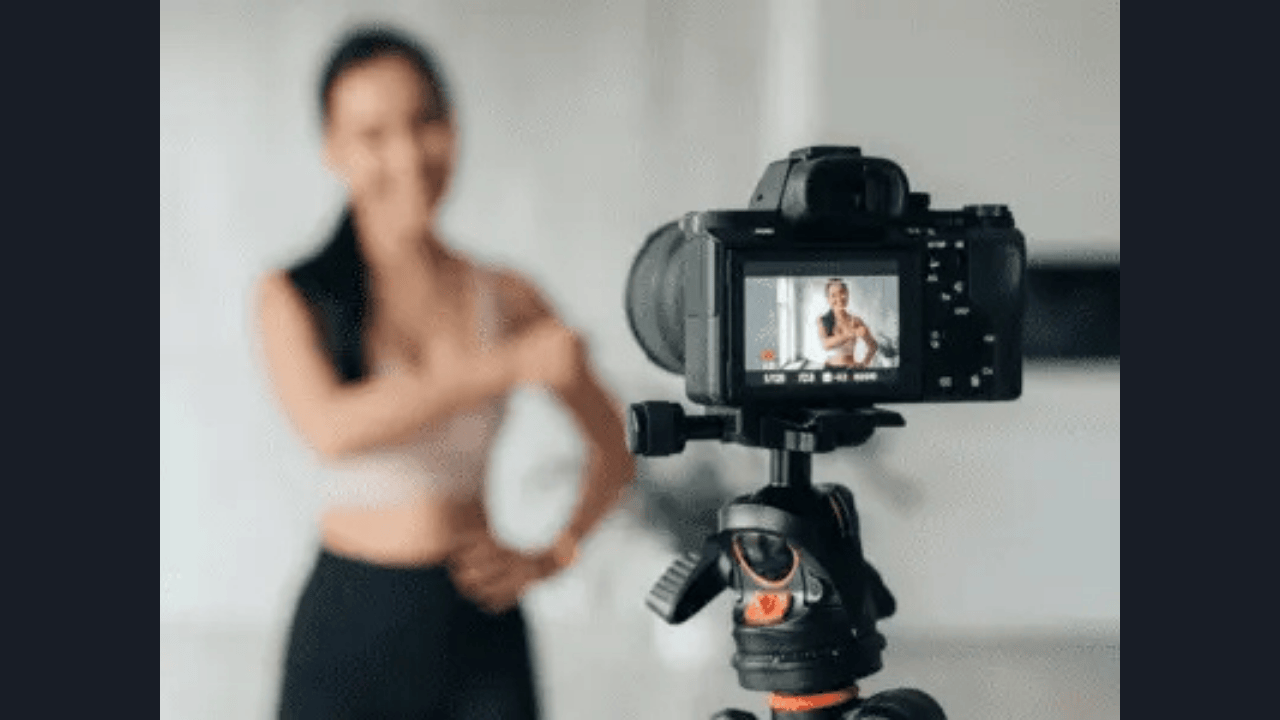Being an influencer might seem quite glamorous; you get free stuff, free trips, and free cash in exchange for sharing your passions online. But is the dream really that idealistic?
Here, we’ll delve into the world of influencers and examine the data behind this ever-growing industry. We’ll also uncover the potential earnings as well as the benefits and drawbacks of taking this route. Therefore, if you’re also considering whether Is it worth it to try and become an influencer? then simply continue reading .
Who do you consider to be the influencers?
Influencers are those who can greatly affect the attitudes and actions of their followers. They typically do this through social media. Their audience’s attitudes and purchasing decisions can be influenced by them.
Through blogs, tweets, and other social media, social media influencers mold the opinions of their audience.
Is pursuing influencer status worthwhile?
According to some studies, achieving influencer status might be beneficial since it can boost customer loyalty and perceived quality. Influencers possess the ability to drive change and leave a lasting impression. Their social standing can also affect marketing results, with appreciation being a crucial component. Expertise is less significant than appearance and trustworthiness as success criteria for influencers.
Why Becoming an Influencer Is Beneficial.
Earning potential:
Prominent Influencers have the potential to earn millions of dollars! even a Mid-tier influencer with 50,000–500,000 followers on YouTube or Instagram.
If you’re not familiar with mid-tier influencers, the influencers industry is divided into tiers according to the number of followers, with each tier having varying possibilities for reach, engagement, and revenue.
The main categories we indicated are broken down as follows:

- Nano Influencers (1,000 – 10,000 Followers):
- Strengths: Highest engagement rates.
- Brands They Attract: Small businesses, and local brands looking for targeted reach within a specific niche.
- Earnings: While they might not earn a full-time living solely from influencing, they can secure free products, get invited to exclusive events, and earn $5 to $25 per post on average.
- Micro-Influencers (10,000 – 50,000 Followers):
- Strengths: Still boast high engagement rates, niche expertise, and a more established audience.
- Brands They Attract: Startups, and established brands looking for targeted marketing within a specific niche.
- Earnings: Micro-influencers can start to see a more consistent income stream. Estimates suggest they can earn $25 to $125 per post.
- Macro-Influencers (50,000 – 1 Million Followers):
- Strengths: Wider audience reach, established brand awareness, potential for brand partnerships beyond social media.
- Brands They Attract: Bigger brands, and agencies seeking broader marketing campaigns.
- Earnings: Macro-influencers can earn a significant income. Their rates can range from $500 to $5,000 per post depending on the platform, engagement, and campaign specifics.
- Mega-Influencers (1 Million+ Followers):
- Strengths: Highest reach, celebrity-like status, potential for mainstream media appearances.
- Brands They Attract: Major corporations, and luxury brands seeking large-scale brand awareness campaigns.
- Earnings: Mega-influencers can command top dollar. Their rates can easily reach $10,000 or more per post and extend to lucrative long-term brand deals.
Remember, these are averages, and influencer rates depend on various factors such as Engagement Rate, Content Niche, Content, and Campaign Duration.
Influencers' sources of income
Influencers mostly make money through sponsored posts and brand collaborations, but they also have a variety of strategies to monetize their online presence.
Here are a few ways influencers can earn real money from the content they create:
Affiliate Marketing :
Influencers can possibly earn large sums of money and diversify their revenue streams with the help of affiliate marketing.
Here’s a closer look at how it functions:
- Collaborating with Brands: Influencers seek out businesses whose merchandise speaks to their audience and niche. They can get in touch with them personally or through affiliate marketing networks that link influencers with companies. These platforms offer a marketplace of companies and items to promote, which simplifies the process.
- Unique Tracking Links: Following the conclusion of a collaboration, the influencer is provided with discount codes or unique tracking links to distribute to their audience. These connections discreetly monitor any purchases made based on the influencer’s advice.
- Commission on Sales: The influencer gets paid a commission each time a customer uses their special link to click through to the brand’s website and complete a purchase. The brand, the product category, and the terms of the negotiated agreement all affect commission rates.
Content monetization platforms
With the use of digital tools called content monetization platforms, content producers—including influencers—can generate income directly from their audience through their material.
Here’s a closer look at the features and operation of these platforms:
Revenue Via Subscriptions: Influencers can create a subscription base on these platforms, where followers pay a regular monthly charge to access unique material. Between the influencer and their most devoted followers, this strategy encourages a closer relationship. Below are a few well-known instances:
- Patreon: Well-known website where producers provide levels of exclusive content, early access to videos, and behind-the-scenes looks at their creative process in tiered subscription options. With Substack, writers and journalists may publish free public content alongside newsletters that are only available to subscribers.
- Substack: With Substack, writers and journalists may publish free public content alongside newsletters that are only available to subscribers.
Capitalizing on Brand Identity
Having a unique advantage, the influencers possess a dedicated audience that places confidence in their recommendations and can relate to their style. This provides an ideal setting for manufacturers through which they can sell goods reflecting their brand which their followers can relate to.
- Product Ideas:
There are several choices one can make when it comes to influencer merchandise.
Some of them include the following: – The t-shirts, caps, hoodies or any other clothing bearing the logo, tagline or a unique design of the influencer are known as branded apparel. – Accessories such as mugs, tote bags, phone covers amongst others which are commonplace items but at the same time highlights on whose stuff we are talking about.
- Launching a Business:
Influencers might utilize the following strategies to market and sell their products:
Influencers can use print-on-demand businesses like Redbubble and Printful to develop and integrate different items. They won’t need to be involved in the process directly because they will handle the printing, fulfillment, and shipping costs.
Some influencers prefer to handle their own inventory management in order to maintain complete control over the quality of their manufacturing and branding designs. They accomplish this by managing fulfillment after printing their graphics on sourced items. Collaborations with well-known clothing brands might be a great idea because they take advantage of the production expertise of these companies and their extensive distribution networks.
With a well-thought-out strategy, high-quality products, and focusing on the audience’s interaction, influencers can turn their brand name into goods sales that generate profits.

Becoming an influencer has its benefits
- These include the possibility of becoming famous or receiving honors.
- Companies that want their products publicized so badly that they will pay you or lend you items to promote them online are another source of sponsorships.
- One notable feature is the freedom to choose alternative work schedules.
- As long as there is internet connectivity, one can also choose where they wish to work from.
- Lastly, via social media, one can advocate for topics they are passionate about and informed about. Conversely, you can converse with others who share your thoughts and behaviors.
Disadvantages of Becoming an Influencer
- One drawback of being an influencer is the intense competition in oversaturated areas.
- Furthermore, influencers are constantly under pressure to communicate with their fans and publish content on a frequent basis.
- Then there is the problem of earnings that fluctuate because of other things like modifications to the platform algorithms.
- In addition, privacy is violated, and superstars may become less unique in some sense. As a result, low self-esteem might develop within this job route, which can lead to anxiety and despair. Without any changes on these platforms, it gets almost impossible for them; additionally, they experience changes brought forth by the platforms themselves.
So, you’ve learned about the various ways influencers earn money. However, whether being influential is valuable remains the most important question. When making your decision, bear the following significant numbers in mind.
The Growing Market:
Over time, the number of influencers has been continuously increasing. As per the Statista Report, the influencer marketing sector is experiencing rapid growth. According to Statista, the influencer marketing business is expected to grow from $1.7 billion in 2016 to an astounding $24 billion by the end of 2024.
The phenomenon of the Influencer was borne in the media platforms that came into existence in the early two thousands.It was around the year 2004 when over a million monthly active users had already been registered in MySpace making it among the pioneer social media sites on this planet. Different platforms have since after surged with individually crafted qualities.
Social media platforms worldwide have witnessed fast adoption. The largest social media platform in 2019 was Facebook and it had 2.4 billion users by then. Additionally, other platforms including YouTube and WhatsApp had more than a billion users each. In 2019, the world’s population was 7.7 billion (at least 3.5 billion connected to the Internet). Thus, social media platforms were being used by every third person across the world and more than half of them were Internet users.
Platform Evolution

The lifespans of some platforms go back more than a decade, with others surviving only a short while.
For example:
- Facebook was the king of social media platforms for years, with more than 2.3 billion users worldwide.
- YouTube, Instagram, and WeChat also have more than one billion registered users per month.
- Over 500 million people use Tumblr, TikTok respectively.
The influencer marketing industry has experienced remarkable growth. The average annual growth rate from 2016 to 2022 reached an impressive 46.92%. The 2020 and 2021 COVID-19 pandemic served to further catalyze this rate of growth in addition to accelerating it while maintaining consistency early this year.
Over the past decade, platforms that managed to survive in the current world have undergone some significant changes and adjustments. For example, about fifty percent of all materials that can be found on Twitter use just visual aids such as videos, cartoons, images among other things. This is the way landscape had changed: Hi5, MySpace and Friendster have taken a back seat.
However, although being an influencer has many benefits, it can also get highly toxic.
Here is the dark side of influencer lifestyle :
- It takes a lot of time and work to cultivate a devoted fanbase. It takes commitment to produce high-quality, consistent material. Some people lack the patience for this arduous process of creating content, which leaves them destitute and devoid of hope for achievement; however, there are alternative paths that can lead to success.
- Maintaining authenticity while creating sponsored content is a tightrope walk for influencers. Here are some strategies influencers can leverage to achieve that balance and build trust with their audience
- Although the influencer lifestyle appears dazzling on the outside, it is often quite stressful and negative.
- Online Negativity: For many influencers, it is a terrible reality to deal with criticism, negativity, and even bullying. Having to deal with trolls and offensive remarks can be detrimental to one’s mental health.
- Create boundaries: Decide when to be offline and stay away from social media. Self-care practices and fun activities must come before online browsing. Clarifying your feed: Employ features that allow to filter out certain people from your inbox or to disable comments. You should focus on having a constructive and positive virtual society.
- Whenever required, don’t shy away from taking a break from social media. You will come back rejuvenated after a break with lots of fresh ideas.
- Assembling a Support System: If you find positive people to be around you either online or offline may be supportive network. To somebody you know would it help to discuss your challenges with others such as your buddies, relatives or therapists?
- Prioritizing the Positive: Refrain from letting the bad things define your experiences. Pay attention to the encouraging conversations, remarks, and community you’ve created.
Remember that maintaining emotional and mental equilibrium is necessary, not optional. Those influencers who are able to maintain their mental health are more likely to be able to endure the different forms of stress that come with being online and to have a successful, moderately based career in influencing.
After reading this incredible and educational material, we hope you have the answer of this question that Is it worth it to try and become an influencer?

